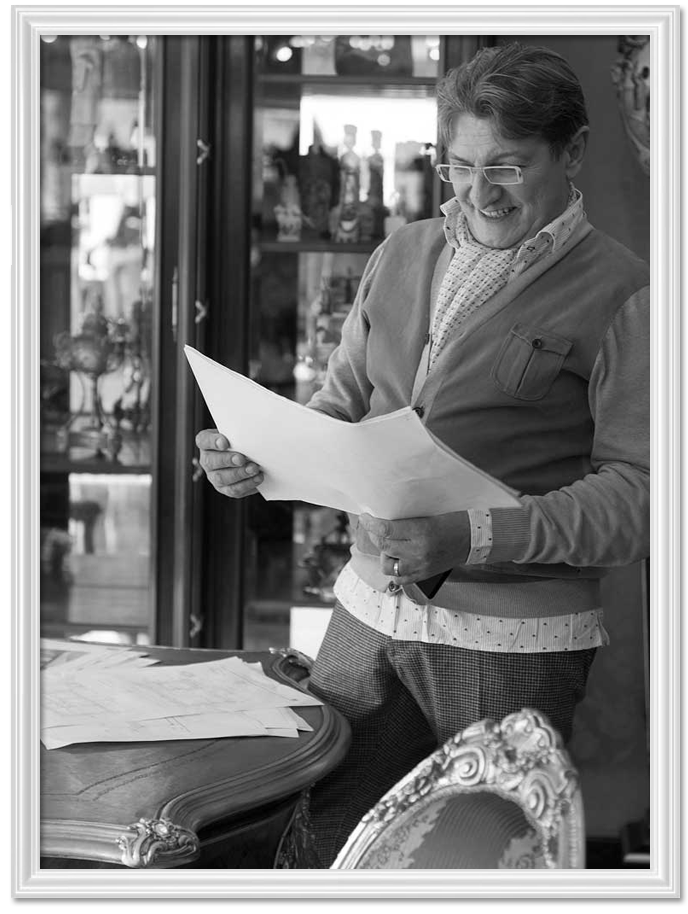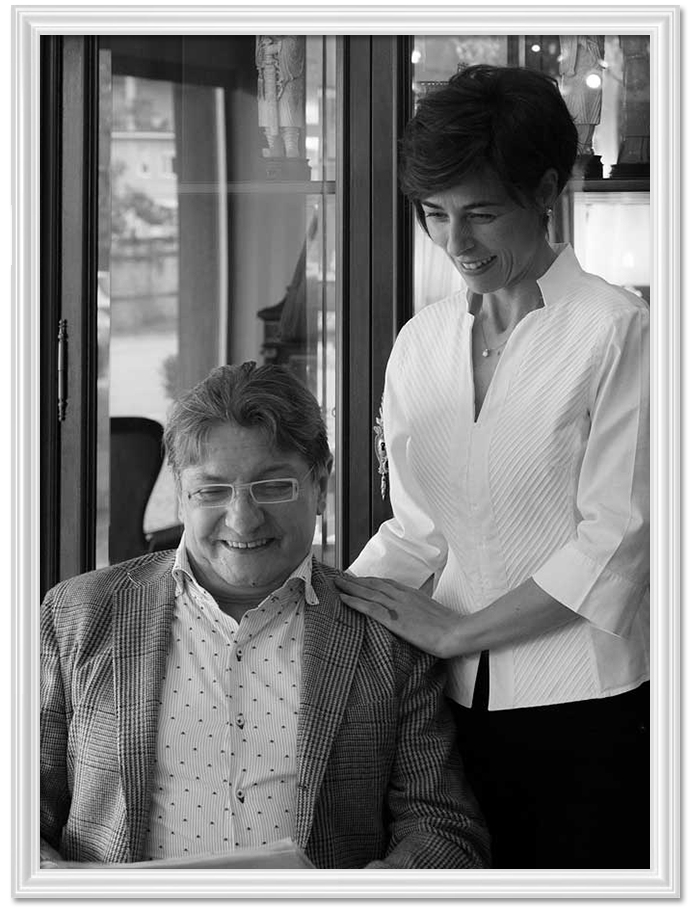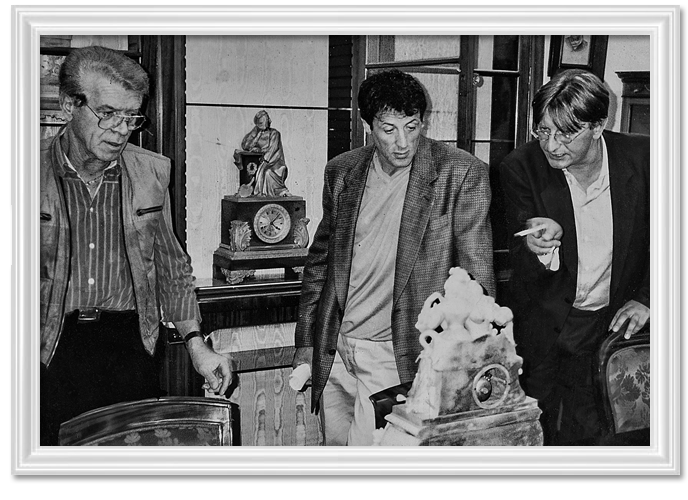The Iranian revolution of 1979 marked the opening of Europe to the Arab nations.
It was from these countries, in fact, that new customers and new commissions began pouring in.
At that time too, Fulvio was joined in the business by his son Massimo.
And so, the firm began to cater for a more and more prestigious clientele and furnish villas, hotels, government residences, as well as the homes of royal families, important political personalities and show-business stars, worldwide.
As the new millennium dawned Art Decor began looking to the markets of the east and the emerging countries, areas particularly attracted by the luxury and excellence of furnishings and accessories where even the smallest detail is attended to with the utmost care, as in the case of the objects produced by the Galimbertis.



